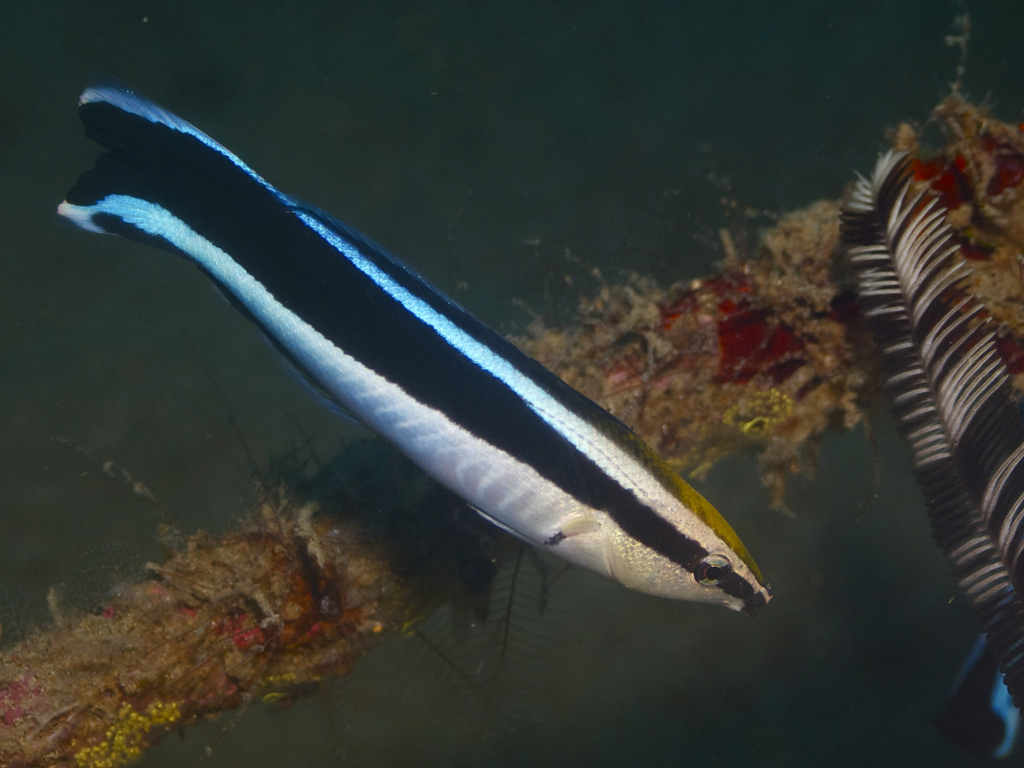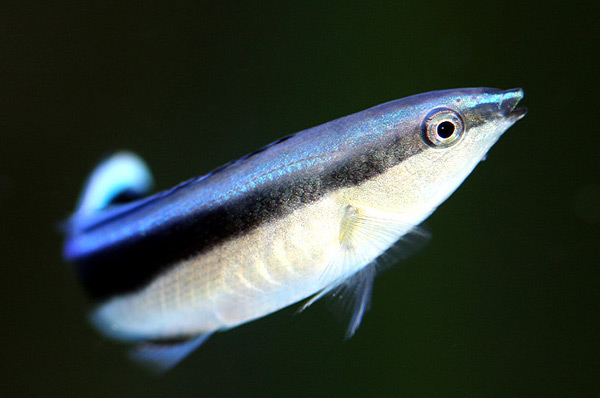A research article published in the Proceedings of The National Academy of Sciences has found that cleaner wrasses, Labroides dimidiatus, have the capacity for mirror self-recognition (MSR).
Researchers tested the theory by using mirrors, as Cleaner wrasses attack unfamiliar conspecifics in nature. At first, the Cleaners all attacked the mirror because they weren’t familiar with their own images, but once used to the mirror, aggression declined. When shown a photograph of another cleaner wrasse they again attacked it, but when shown a photograph of themselves, they didn’t, and when shown a photo of themselves with a mark on their throat they then tried to scrape it off themselves in the tank.

“When combined, our results provide clear evidence that cleaner fish recognize themselves in photographs and that the likely mechanism for MSR is associated with a mental image of the self-face, not a kinesthetic visual-matching model,” the authors concluded. “Humans are also capable of having a mental image of the self-face, which is considered an example of private self-awareness. We demonstrate that combining mirror test experiments with photographs has enormous potential to further our understanding of the evolution of cognitive processes and private self-awareness across nonhuman animals.”
Mirror self-recognition in nonhuman animals was first observed in chimpanzees but the taxa capable of MSR is growing and becoming more diverse, including great apes, Asian elephants, dolphins, horses, magpies, and now cleaner wrasse. The work was carried out by Masanori Kohda et al. 2023, Department of Biology and Geosciences, Graduate School of Science, Osaka City University.



